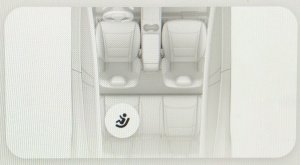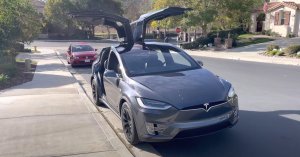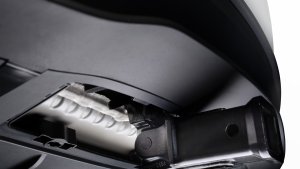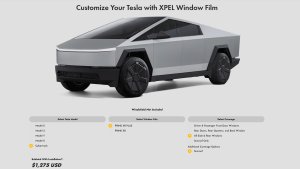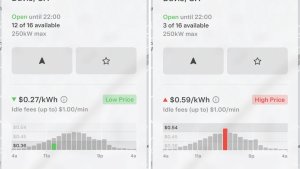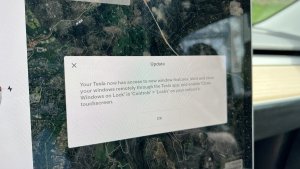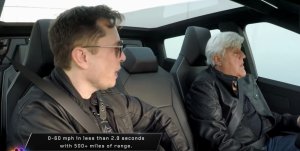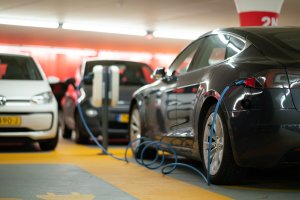Tesla Provides Update on FSD: Region-specific Training, Europe, Future Price Hike, FSD Unsupervised for Customers
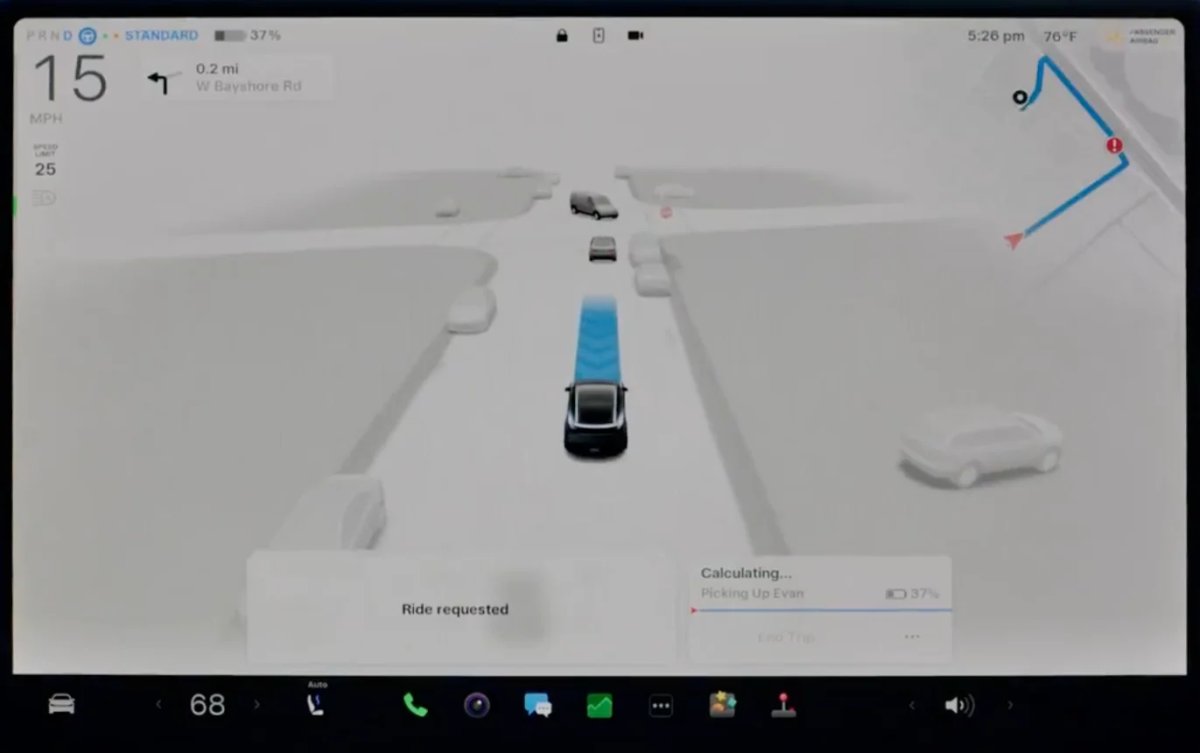
Tesla’s autonomy stack has been one of the primary focuses of Tesla’s earnings calls for quite some time. It is also crucial to achieving Tesla’s larger ambitions, such as its robotaxi network and humanoid robots like Optimus.
Now, with FSD Unsupervised being prepared for the robotaxi launch in June, there’s a lot of new information being shared by Tesla on what to expect.
FSD Supervised
The version currently available to customers, FSD Supervised, has been available since its rebranding with the launch of FSD V12 last year. However, it has been a while since we saw an update - in fact, over 100 days since the last public FSD update.
Tesla has been gathering and processing data at an unprecedented rate. In the shareholder’s deck, Tesla revealed that there had been over 7.7 million miles driven per day this past quarter in North America and China. Tesla’s recently deployed Dojo units are likely running at full tilt doing automated data labelling.
Quiet please.
— Tesla AI (@Tesla_AI) April 17, 2025
The machines are learning pic.twitter.com/aeq4CZ2SzU
FSD in Europe
The launch in China earlier this year was the first launch of FSD outside of North America. Most interestingly, Tesla conducted that launch without any region-specific training data besides videos found online. Tesla needed to find a workaround, as Chinese data cannot be uploaded outside the country's physical boundaries due to local regulations.
FSD for Europe remains in the wings - Tesla is awaiting regulatory approval and appears hopeful that it will be able to begin deploying FSD Supervised in Europe before the end of 2025. That may be an optimistic goal, especially considering Tesla is facing additional regulatory delays. With UNECE regulators not addressing autonomy in the next several meetings, Tesla will rely on per-country exemptions, starting in the Netherlands.
FSD to Feature Region-Specific Parameters
While FSD continues to expand, Tesla has acknowledged that certain conditions, like snow, are posing difficulties. They intend to increase the comfort and safety level of driving in inclement or locale-specific conditions in the future by adding parameters that are explicitly trained on those types of conditions and regions.
Tesla’s team specifically mentioned that these new parameters aren’t a legal necessity to get FSD Unsupervised or Supervised approved but will instead increase reliability and comfort for users. They also addressed concerns about sun glare, sand, dust, and fog impacting road conditions.
With sun glare in particular, as Tesla uses a photon-count analysis before processing the digital signal, its cameras are not as blinded as they may appear on-screen. FSD performs its analysis before the data is turned into an image, meaning that it can still perceive things even when a human may not be able to from the camera feed.
FSD Price Changes
Tesla’s executive team also raised an interesting point, but one we’ve heard before in 2023. As FSD’s capabilities evolve and increase, they believe that pricing will also be subject to change. The value of FSD, once it is fully Unsupervised, will rise greatly, and the current subscription option is far too inexpensive, according to Tesla.
It appears that Tesla is considering different pricing options for FSD Unsupervised in the future, but for now, the $99 monthly subscription remains in place. It’s possible we may see different prices for FSD Supervised versus FSD Unsupervised.
Ongoing Challenges
Tesla’s current challenges with working on FSD can be described as the march of nines. This is the exponentially increasing work needed as you need to take the system closer and closer to 100%.
Validation primarily remains a challenge due to the difficulty of encountering and then solving edge cases. The internal QA fleet in Austin can operate for multiple days without a single intervention, making it challenging to measure the progression and regression.
Tesla noted that, on average, an intervention is currently required every 10,000 miles. That is equivalent to the average North American driving for an entire year. Therefore, a substantial amount of data is necessary to continue improving the current issues. With 7.7 million miles driven by FSD every day, Tesla has, on average, 770 events to review each day.
Tesla is also continuing to deploy and expand its AI training centers. Cortex, Tesla’s latest, is already online at Giga Texas and crunching through immense amounts of data to train FSD.
FSD Unsupervised
The ultimate goal, of course, is FSD Unsupervised. A fully autonomous experience that can take you from Point A to Point B without needing any human supervision or intervention at all.
Tesla has already deployed FSD Unsupervised to take its Model 3, Model Y, and Cybertrucks from the production line to the outbound lot at both Giga Texas and Fremont, saving considerable man-hours. These vehicles are also autonomously interacting with traffic on their way over to the outbound lot - and it’s an expression of Tesla’s confidence in the system.
Fleet Capabilities
Tesla also mentioned that the vast majority of its fleet on the roads today will be capable of FSD Unsupervised. In particular, Elon mentioned the Model S, 3, X, and Y. Interestingly, this is the fourth event (We, Robot, Q4 Earnings 2024, All-Hands, and Q1 Earnings 2025) without mention of the Cybertruck being capable, likely meaning that FSD development for the Cybertruck is further behind as we’ve seen.
Hardware 3 Retrofit
There was no mention of the limitations of Hardware 3 or Tesla’s exact plans for a future retrofit at this time. While Tesla has already promised to replace HW3 with a future iteration of an AI computer, as we haven’t seen any FSD updates recently, so it’s hard to say whether any future FSD updates will arrive for HW3 besides bug fixes.
We believe Tesla is planning to solve FSD first and then work backward from there. At this point, they’ll know the compute power required for FSD Unsupervised and could make a retrofit that fits into a hardware 3 vehicle with the power and space constraints it imposes.
Unsupervised for Customers
Tesla’s goal is to launch FSD Unsupervised for customers ideally by the end of 2025. The executive team specifically mentioned that their key restrictions are twofold here.
One is that they need to be sure that FSD Unsupervised is meaningfully safer (10x, as per Q4 2024) than a human driver. Tesla has a focus on safety and intends to be extremely careful with the rollout of Unsupervised to ensure there are no incidents or accidents.
The second is that regulatory approvals will continue to be a limitation. However, as more cities and states begin to approve FSD Unsupervised in their locales, Tesla will be able to roll it out faster and faster. The intent is to have FSD Unsupervised available throughout the United States by the second half of 2026, according to Tesla.
Tesla also confirmed their intent to have a Model Y deliver itself from Giga Texas or Fremont to a customer by the end of 2025. This will likely be a local customer, and we did a deep-dive into the potential advantages and disadvantages of this delivery method.
While it may be a slow period for FSD updates right now, there are a lot of changes happening this year with the launch of FSD Unsupervised, the robotaxi network and the expansion to Europe.











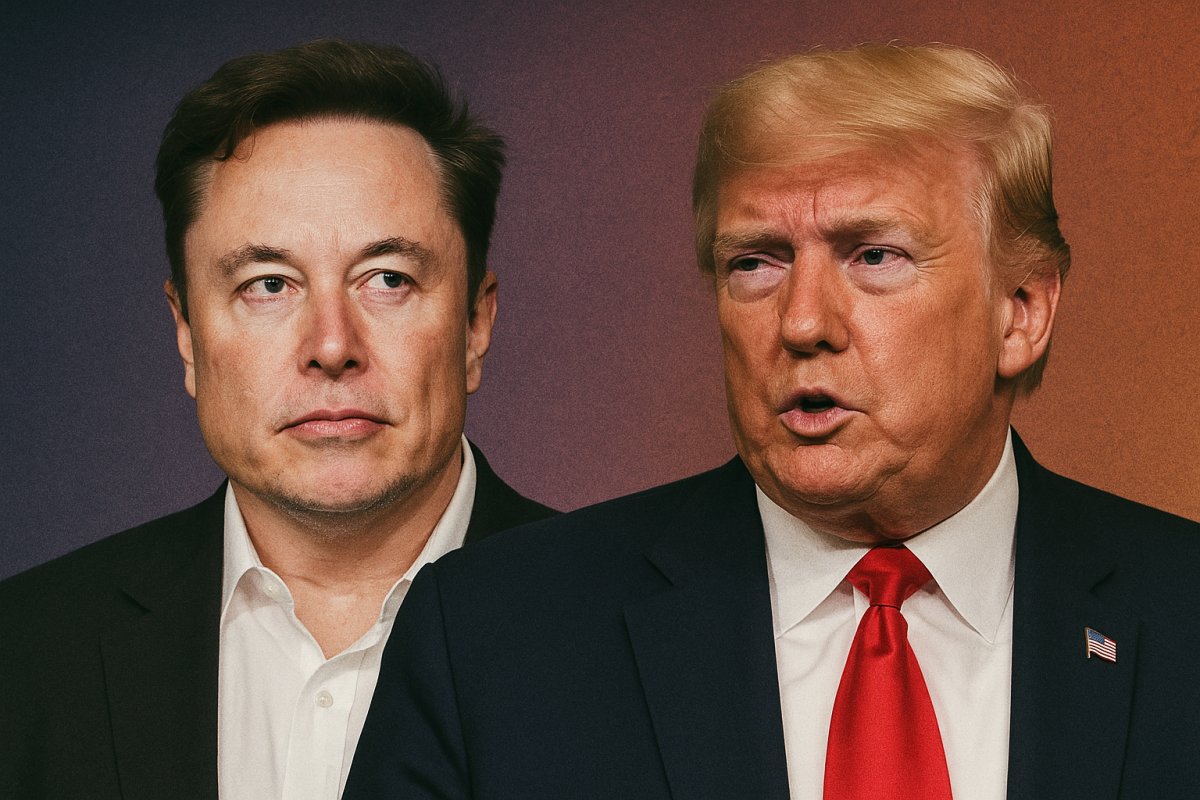





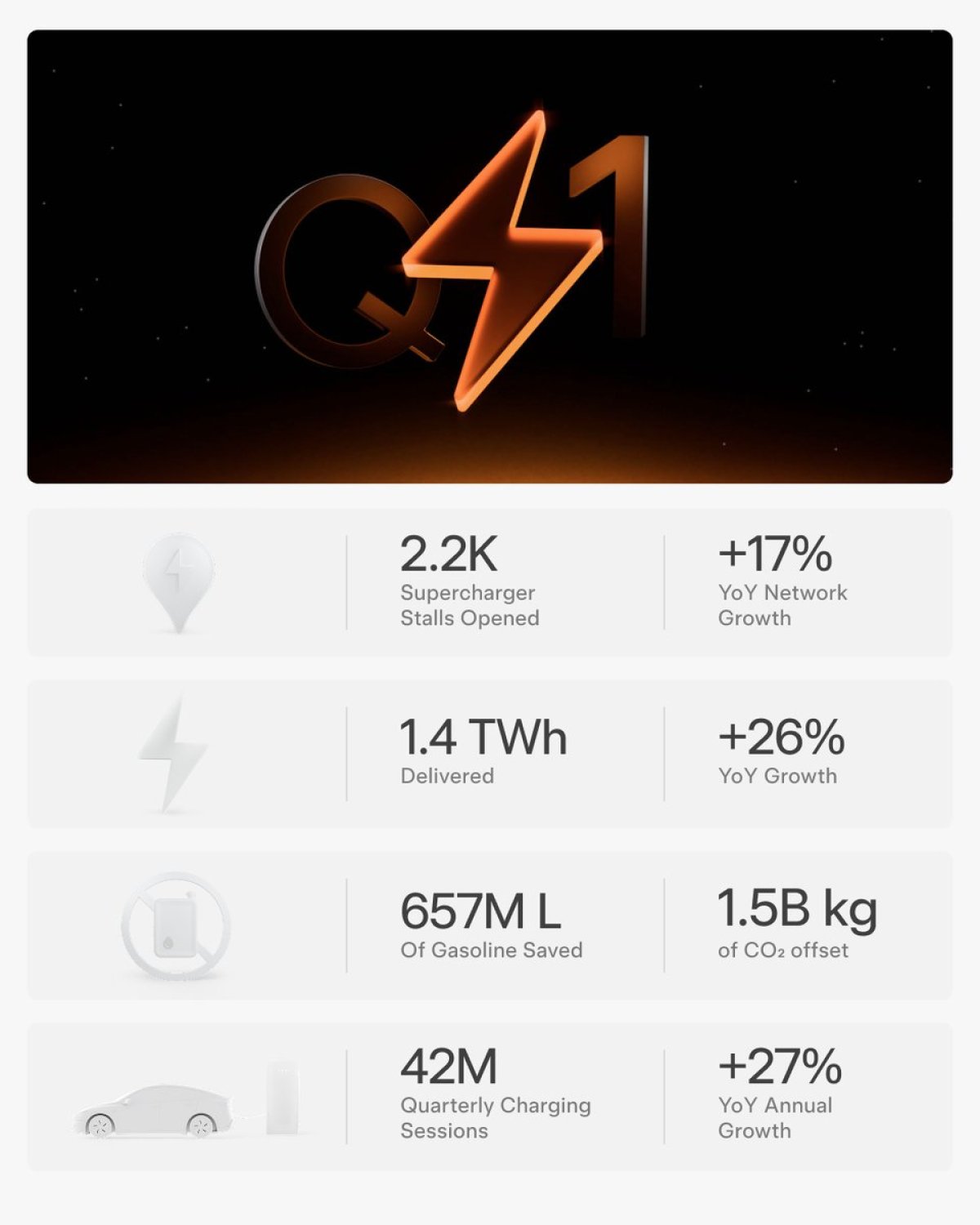


![Tesla Adds Third-Party Charge Cable Release Shortcut in Update 2025.20 [VIDEO]](https://www.notateslaapp.com/img/containers/article_images/2021/ccs-adapter.jpg/596b5f1e1d3797f6d2e2667c8af972f7/ccs-adapter.jpg)
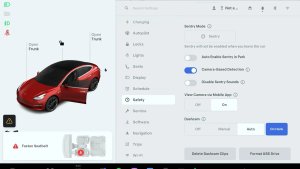
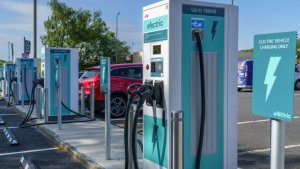
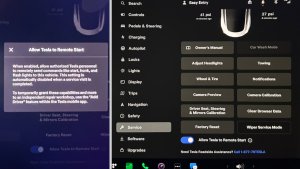
_300w.png)
